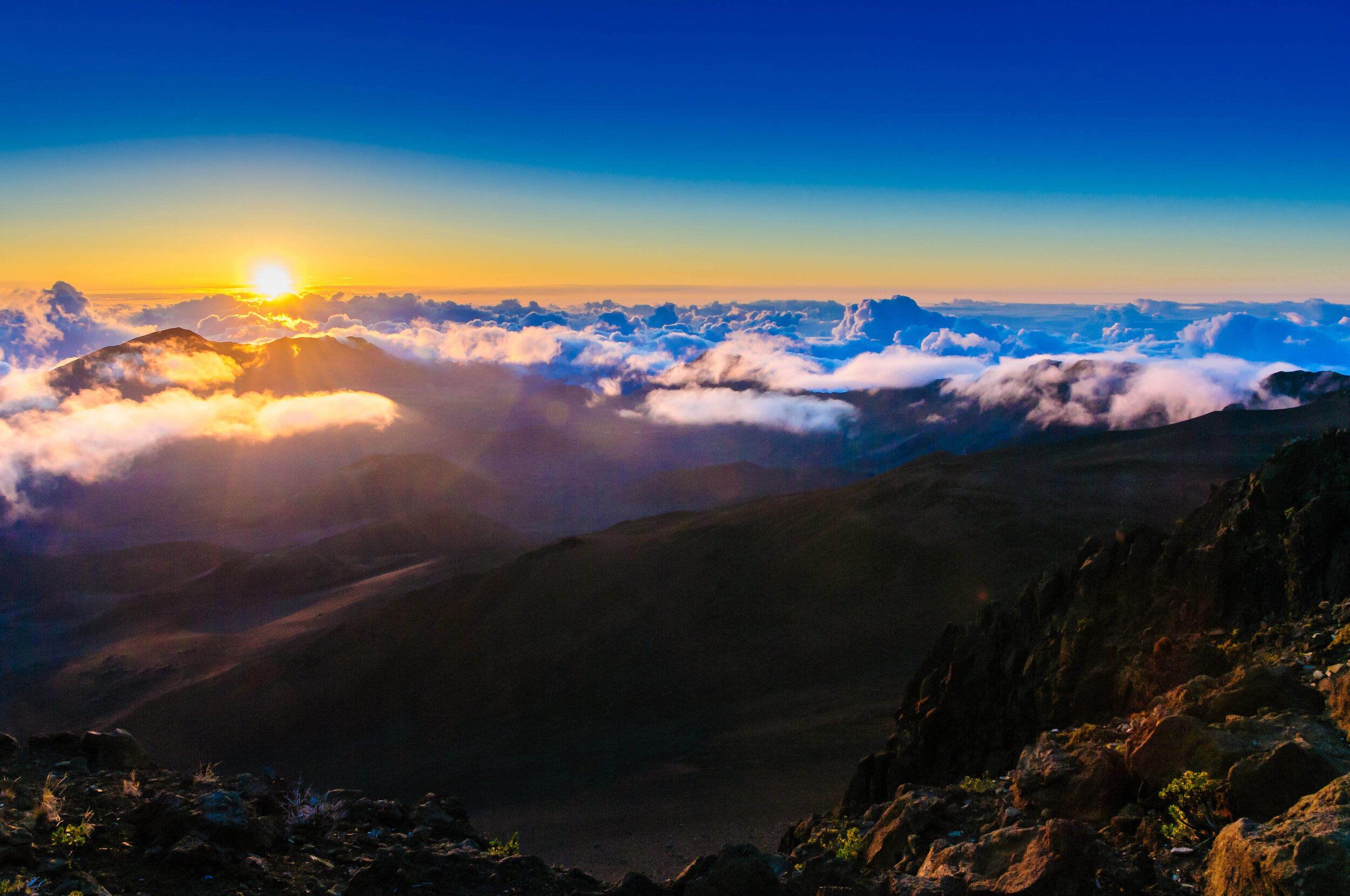
Ancient Moku & Ahupua‘a
The concept of private property was unknown to ancient Hawaiians, but they did follow a complex system of land division. All land was controlled ultimately by the highest chief or king who held it in trust for the whole population. Each island was divided in smaller parts, called moku, the largest units within each island which were usually wedge-shaped and ran from the mountain crest to shore.
Each moku was divided into ahupua‘a, narrower wedge-shaped land sections that also ran from the mountains to the sea. The size of each ahupua‘a – a large, traditional socioeconomic, geologic, and climatic subdivision of land – depended on the resources of the area; poorer agricultural regions were split into larger ahupua‘a to compensate for the relative lack of natural abundance. Ahupua‘a also varied in size depending on the economic means of the location and political divisions of the area. Each ahupua‘a was ruled by an ali‘i and included a lowland mala (cultivated area) and upland forested region.
The Hawaiians believed that the land, the sea, the clouds and all living things had a certain interconnectedness. This holistic approach can be seen in the ahupua‘a model, a system for sustainability, connection and well-being.
The following educational videos, produced by Brilliant Minds Media Inc., were created to help raise awareness of the traditional Hawaiian culture of the Ahupua‘a system. This video project was funded by the Kahului Economic Development, Environmental, and Cultural Programs and managed through County of Maui Office of Economic Development.
Clifford Nae‘ole has been a key force of energy and wisdom for the revival of the Hawaiian culture.
His determination to educate and to mentor has carved him a place of respect in the hospitality industry where he has won numerous accolades and recognition's. Currently, he is the Hawaiian Cultural Advisor at The Ritz Carlton, Kapalua.
Hokulani Holt-Padilla has devoted her professional and personal time to sharing and encouraging many aspects of Hawaiian culture throughout the islands.
Currently, she is the director of the Ka Hikina O Ka La and Hawaii Papa O Ke Ao programs at University of Hawai‘i at Maui College, where she’s been teaching courses in Hawaiian language and culture for nearly two decades.
Kui Gapero is a Hawaiian cultural historian.
He taught at Kamehameha Schools Kapalama, worked as a Cultural Program Specialist with the Kahoolawe Island Reserve Commission, lectured at the University of Hawaii at Maui College, then settled into his current position as a middle school educator at Kamehameha Schools Maui.
Note: If you receive an error message when you click on the play video button, please click on the YouTube icon/link instead.